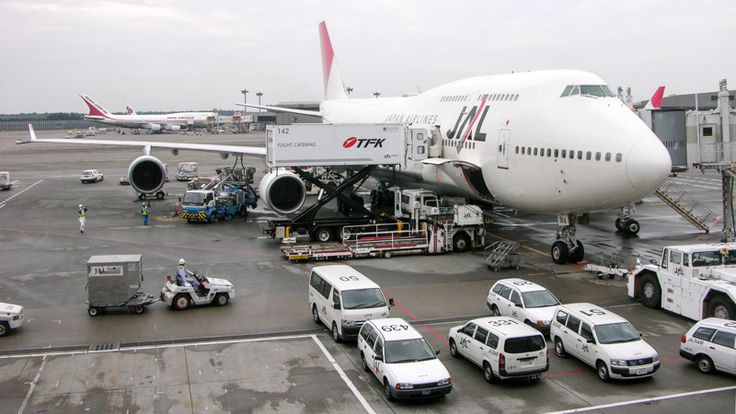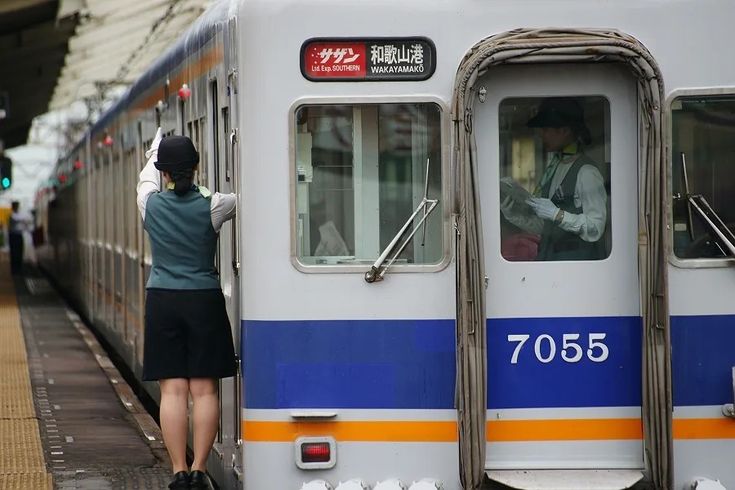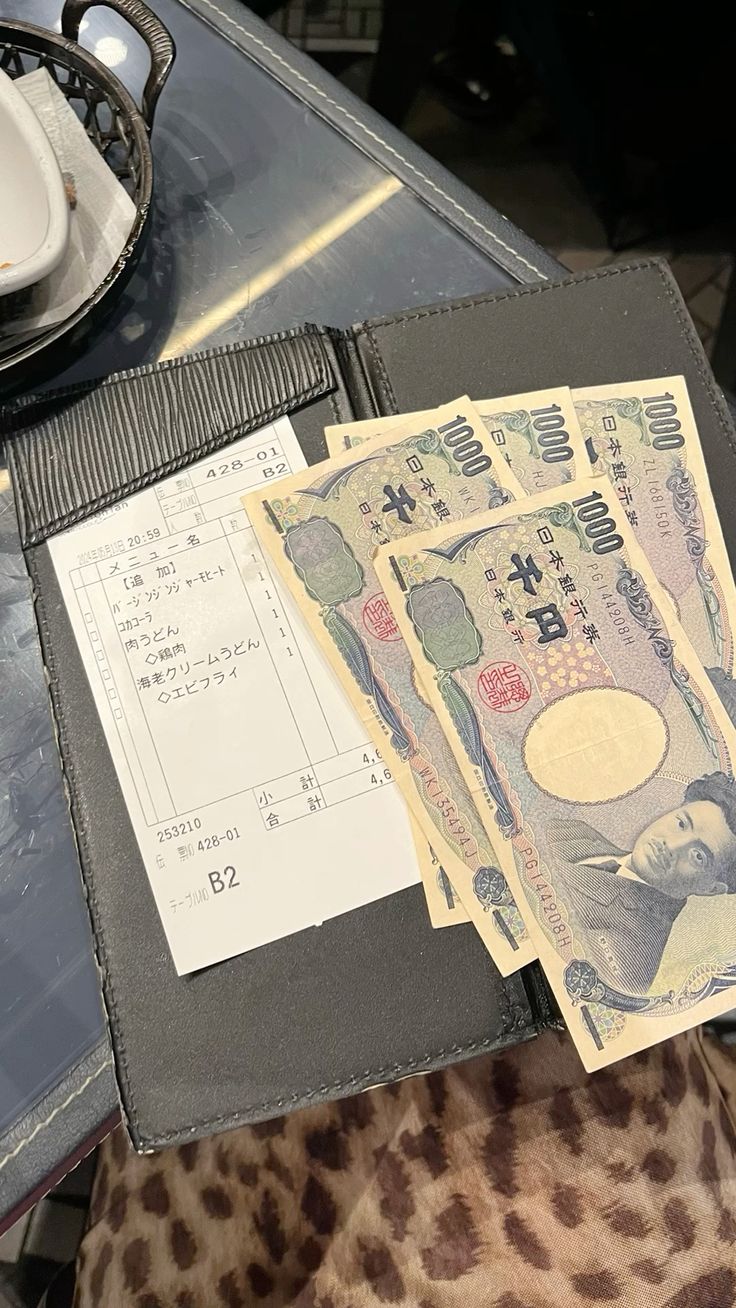Preparing for a trip to Japan is a unique thrill. You pack your bags, double-check your passport, and perhaps, like many of us, grab a travel guide you swear you’ll read on the plane but never do. You might have watched The Last Samurai or a few Studio Ghibli films and feel you have a grasp on the culture. But Japan, in all its wonderful complexity, has a knack for surprising even the most prepared traveler.
To save you from potential embarrassment and help you navigate the country with the confidence of a seasoned visitor, YouTuber Chris Broad of Abroad in Japan and his co-host, British radio DJ and certified Japanophile Pete Donaldson, sat down to compile a list of 12 essential things they wish they’d known before their first trips. This guide expands on their invaluable advice, offering a comprehensive look at the cultural quirks, practical tips, and unspoken rules that will transform your Japanese adventure from great to unforgettable.
1. Airport Arrival: Choose Haneda Over Narita

Your Japanese journey begins the moment you land, and your choice of airport can drastically shape your first few hours in the country. Tokyo is served by two major international airports: Narita (NRT) and Haneda (HND). While you might not have a choice depending on your airline, if you do, the advice is unanimous and emphatic: fly into Haneda.
-
Haneda Airport (HND) is located just south of central Tokyo. As Chris puts it, it’s “brilliant” and incredibly close to the city. A taxi ride to central districts like Shibuya or Shinjuku takes around 20-30 minutes (though it can be pricey). More practically, public transport is a dream. The Tokyo Monorail will have you in Hamamatsucho in about 20 minutes for roughly ¥500, from where you can connect to the vital JR Yamanote loop line. The Keikyu Line is another fast and affordable option connecting directly to major hubs like Shinagawa. After a long-haul flight, this quick, seamless transition into the heart of Tokyo is a godsend.
-
Narita Airport (NRT), on the other hand, is located in the neighboring prefecture of Chiba, a significant distance from Tokyo. Pete Donaldson jokingly describes the journey as a “three-day trek,” and while that’s an exaggeration, it can certainly feel that way when you’re jet-lagged. The fastest option is the Keisei Skyliner, which takes about 41 minutes to Ueno Station for around ¥2,500. The popular Narita Express (N’EX) takes about an hour to Tokyo Station and longer to other hubs like Shinjuku, costing over ¥3,000. While these services are comfortable and efficient, the extra time and cost make Narita a far less convenient entry point.
The takeaway: When booking your flight, prioritize Haneda. Your future, less-tired self will thank you.
2. The Most Important Kanji You’ll Ever Learn
Navigating Japan without knowing Japanese is manageable, but there are two characters (Kanji) that are absolutely non-negotiable to learn, especially when nature calls. Many older restaurants, bars, and public facilities only use Kanji on their toilet doors.
-
Male: 男 (otoko)
-
Female: 女 (onna)
Memorize these shapes. The character for “male” (男) is composed of a rice paddy (田) over the symbol for power (力), representing a man working in the fields. The character for “female” (女) is a stylized depiction of a woman kneeling gracefully. Committing these to memory will save you from a very awkward and potentially embarrassing situation.
While you’re at it, you might hear two words for toilet: toire (トイレ), the common, casual word borrowed from English, and otearai (お手洗い), the more polite term which literally means “hand-washing place.” Both will be understood.
3. Communicate with English Words, Not Phrases
This might sound counterintuitive, but it’s a crucial communication hack. Most Japanese people learn a significant amount of English vocabulary in school; they are often excellent at memorizing words. Where they struggle, and what causes them to panic, is English grammar and sentence structure.
If you approach someone with a full, grammatically complex sentence like, “Excuse me, I was wondering if you could possibly tell me where the nearest train station is?” you’re likely to be met with a look of terror and a hasty retreat.
Instead, break it down into simple, individual keywords.
-
“Sumimasen.” (Excuse me.)
-
(Point in a direction) “Eki?” (Station?)
-
“Doko?” (Where?)
By using simple, isolated English or basic Japanese words, you remove the pressure of grammatical comprehension. The person you’re asking can process the keywords—”station,” “where”—and will often be able to point you in the right direction. This approach is far more effective than trying to speak in full sentences and will yield much better results, especially in an emergency.
4. Beware of Women-Only Train Carriages

During peak rush hour times, many train lines in major cities like Tokyo and Osaka designate specific carriages as “women only.” This is a measure to combat the serious problem of chikan (groping) on densely packed trains.
Accidentally boarding one of these as a man can lead to a carriage full of angry glares and a very uncomfortable ride. These carriages are usually clearly marked with bright pink signs on the platform floor where the doors will open, as well as on the windows of the carriage itself. The signs will also specify the times when the rule is in effect, typically during the morning and evening rush hours on weekdays. Always take a moment to look at the platform floor before boarding a train during these times.
5. Cash is King: Your Credit Card Might Not Work

Despite its futuristic image, Japan remains a surprisingly cash-based society. While major hotels, department stores, and chain restaurants will accept credit cards, many smaller establishments, local eateries, temples, and market stalls will not. It’s a classic traveler’s mistake to assume you can rely on your card everywhere.
Furthermore, many foreign credit and debit cards simply won’t work in a large number of Japanese bank ATMs.
The solution: Head straight to a convenience store (konbini). The ATMs at 7-Eleven, Family Mart, and Lawson are almost universally compatible with foreign cards and are available 24/7. Japan Post Bank ATMs are also a reliable option.
Always carry a healthy amount of cash on you. As Chris notes, many Japanese people carry the equivalent of $500 in their wallets. With Japan’s incredibly low crime rate, it’s very safe to do so. This practice became a problem during the 2011 tsunami when people lost their life savings as their homes were washed away, but for the average tourist, carrying a few hundred dollars’ worth of yen is the most practical way to pay for things.
6. Slurping Loudly is a Good Thing
In the West, slurping your food is considered the height of bad manners. In Japan, when it comes to noodles like ramen, soba, or udon, it’s not only acceptable but often encouraged.
There are two main reasons for this. Firstly, it’s a way of showing the chef you are thoroughly enjoying your meal. A symphony of slurps in a ramen shop is a sign of happy customers. Secondly, and more practically, slurping helps cool the piping hot noodles as you eat them, allowing you to enjoy them at their freshest without burning your mouth. It also helps to aerate the noodles and broth, which some connoisseurs claim enhances the flavor. Don’t be shy; when in a noodle shop, do as the locals do and give it a good, hearty slurp.
7. Tipping is Considered Rude and Awkward
This is one of the most important cultural rules to remember. Do not tip in Japan. The concept of tipping simply doesn’t exist. Excellent service is the standard, not something that requires an extra reward. The price on the bill is the final price you pay.
Attempting to leave a tip can create an awkward situation. The staff will likely be confused and may even chase you down the street to return the money you “forgot.” They might perceive it as you implying their salary isn’t sufficient or that you’re pitying them. It disrupts the established system and makes everyone uncomfortable. No matter how amazing the service is, the best way to show your appreciation is with a polite “Gochisousama deshita” (Thank you for the meal) as you leave.
8. Wear Footwear That’s Easy to Remove
You will be taking your shoes off constantly in Japan. This is a custom rooted in the importance of cleanliness, keeping the dirt from the outside separate from the clean interior. You’ll be expected to remove your shoes when entering:
-
A private home
-
Temples and shrines
-
Ryokans (traditional inns)
-
Many traditional restaurants and izakaya, especially those with tatami mat seating
-
Some clinics and even certain public facilities.
This is why wearing complicated, high-laced boots, as Chris learned the hard way with his Timberlands, is a terrible idea. You’ll spend ages fumbling with your laces while your friends are already seated and ordering. Opt for slip-on shoes or simple trainers. Also, make sure your socks are clean and don’t have holes in them!
9. Taxis are Expensive (and Their Doors are Magic)
While Japan’s public transport is second to none, you might find yourself needing a taxi. Be prepared: they are among the most expensive in the world. However, the service is impeccable. Drivers are professional, often wearing white gloves, and their cars are spotlessly clean, frequently adorned with lace doilies on the seats.
The most crucial thing to know is that taxi doors are automated. The driver controls the rear passenger door with a lever. Do not try to open or close it yourself. This is the number one tourist mistake when using a taxi. Simply stand by the door, and it will magically swing open for you. When you leave, the driver will close it for you. Attempting to force it can damage the mechanism and will immediately mark you as a clueless foreigner.
Also, don’t expect to find cheap ride-sharing services. Uber exists in Japan but is mostly a premium “Uber Black” service that is even more expensive than a regular taxi.
10. Public Wi-Fi is Rare and Unreliable
For a country known for its technology, Japan has surprisingly poor public Wi-Fi infrastructure. While you might find hotspots in airports or major train stations, they often require a convoluted registration process involving filling out forms in Japanese. It’s slow, unreliable, and not something you can count on when you’re lost and need Google Maps.
The best solution for staying connected is to rent a pocket Wi-Fi device. You can (and should) reserve one online in advance and pick it up at a counter in your arrival airport. This gives you unlimited, high-speed internet for multiple devices wherever you go. Alternatively, you can purchase a data-only travel SIM card if your phone is unlocked. For a quick emergency connection, most Starbucks branches offer reliable and free Wi-Fi.
11. Smoking is Still Allowed Indoors
For travelers from many Western countries, this can be a real shock. While public smoking on the street is often banned outside of designated areas, smoking indoors is still permitted in many establishments, particularly bars, izakaya, and older coffee shops (kissaten).
Restaurants are increasingly offering segregated smoking (kitsuen 喫煙) and non-smoking (kinen 禁煙) sections, and this will often be the first question you’re asked when being seated. The mnemonic from the podcast is a helpful, if silly, way to remember: think of the 90s show Kenan & Kel. Kenan (kinen) doesn’t like smoking. If you’re sensitive to smoke, be sure to request the kinen section.
12. Japanese ¥100 Stores are Glorious
Finally, a tip that will bring joy to any traveler on a budget. Japan’s ¥100 stores (the equivalent of a dollar store, but infinitely better) are a national treasure. The most famous chain is Daiso, but you’ll find others like Seria and Can Do.
These aren’t just shops filled with cheap junk; they are treasure troves of high-quality, useful, and wonderfully weird items, all for just ¥100 (plus tax). You can find everything from snacks, drinks, and stationery to kitchenware, cosmetics, travel essentials, and quirky souvenirs. They are the perfect place to buy anything you forgot to pack or to load up on unique and affordable gifts for friends and family back home. They are also a fantastic place to find products with “Engrish”—hilarious, grammatically incorrect English slogans that make for the best souvenirs.

